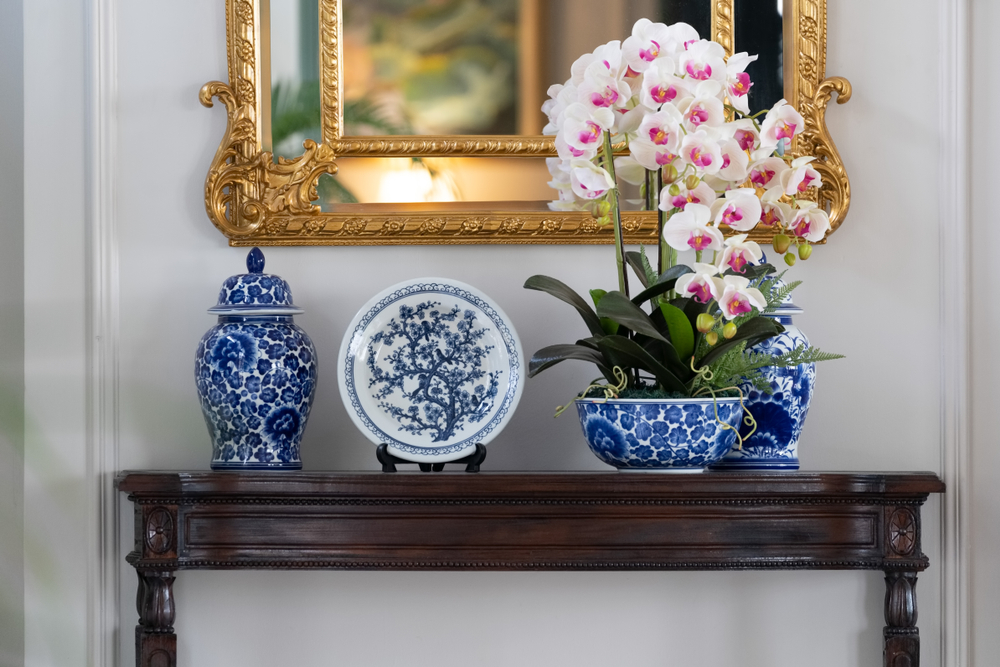

Today Limoges still has about 20 dedicated companies, representing 1,400 direct or indirect jobs, and its porcelain production received GI (Geographical Indication) labeling in 2017, promoting its specificity, its local roots and its economic assets.
Famous throughout the world and unique in its history, know-how and quality, Limoges porcelain is showcased in the Adrien Dubouché National Museum, which has the richest public collection in the world. From Antiquity to the present day, it presents the universal history of ceramics through an enameled tour of 16,000 works representing its major stages and giving an important place to the city's emblematic product.
Named after a great porcelain donor to the city (Adrien Dubouché was also the director of the first museum founded in 1845), the current museum reopened its doors in 2012 after ambitious renovation work. A contemporary extension, designed as an Italian piazza and inserted between 2 existing buildings, preserves the historical character of the place while modernizing the image of porcelain for the general public who, since the reopening, have been flocking to the museum: attendance has doubled!
In 2023, it was a summit meeting that gave birth to a prestigious tableware collection: that of this historic Limoges know-how and France's most famous luxury house.
In the heart of Saint-Tropez, the Louis Vuitton restaurant in the chic White 1921 hotel unveiled an 18-piece range of plates, serving dishes, coffee cups, placemats and napkins over the summer, called "Monogram Flower Tile".
Inspired by Mediterranean blue and white tones, these pieces, all monogrammed "LV" (hence the name), were then offered for sale on the official Louis Vuitton website.
By combining luxury with French savoir-faire, this collection perfectly embodies French chic, but this comes at a price: prices range from €180 to €1,960, depending on the piece.
To learn more and schedule your visit at national museum Adrien Dubouché.
Valérie from Comme des Français
---
Discover other world-renowned French know-how:
Crédits photo : ©RMN-GP (Limoges, Cité de la céramique) / Service presse / Musée national Adrien Dubouché ©Martine Beck-Coppola / ©Hervé Lewandowski / ©Louis Vuitton.